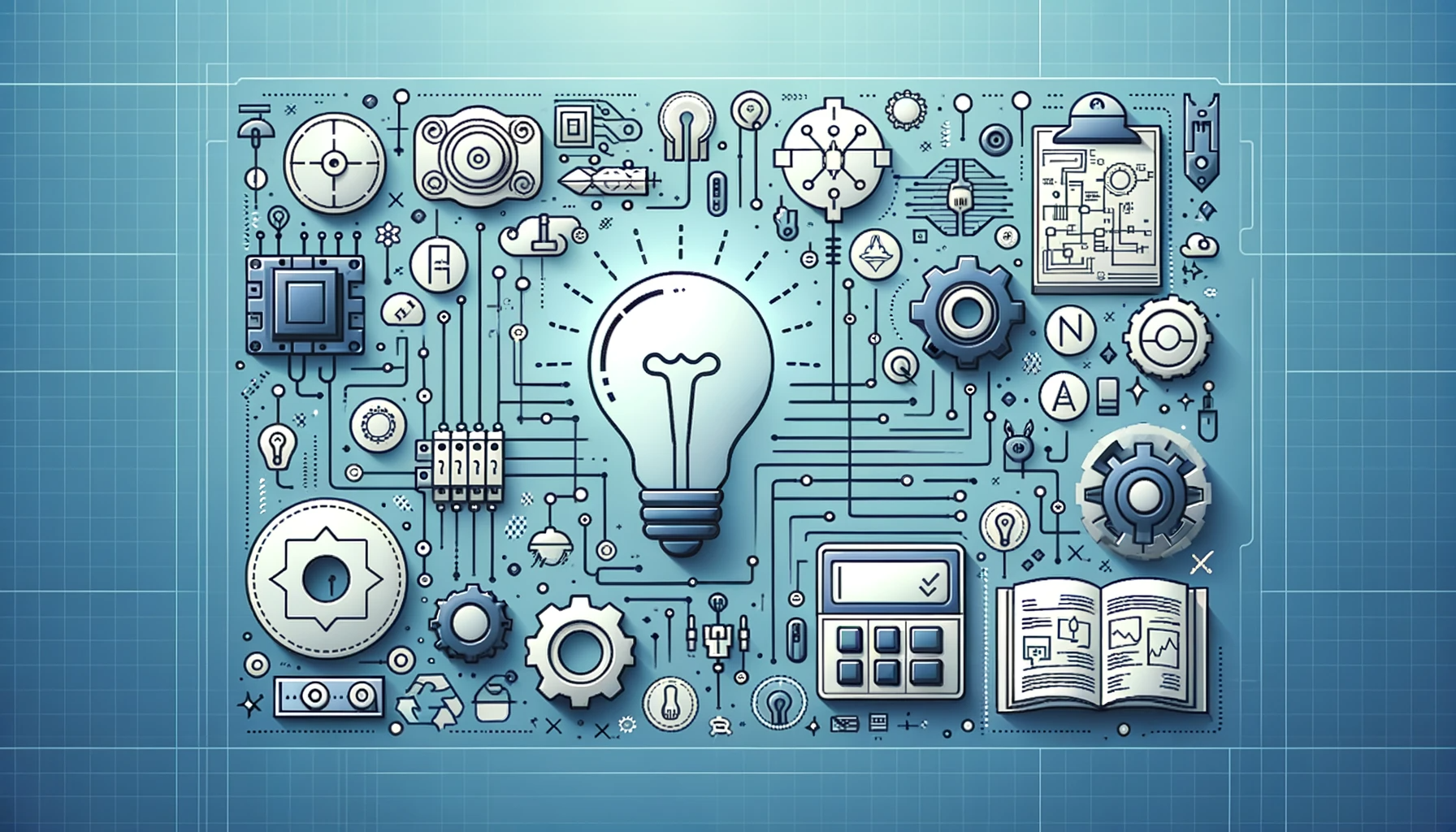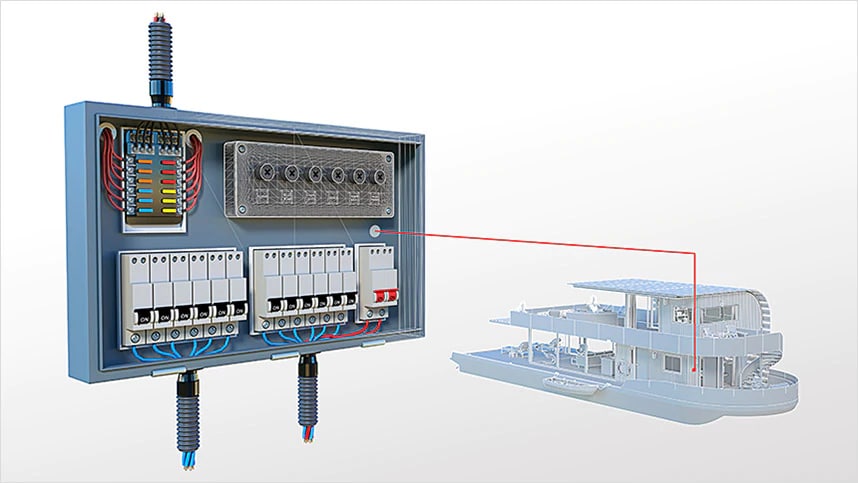Trusted Residential Electrical Design Services for Functional Home Wiring
Trusted Residential Electrical Design Services for Functional Home Wiring
Blog Article
Ingenious Electrical Design Solutions for Modern Infrastructure
The evolution of modern-day framework requires innovative electric design solutions that not just boost operational efficiency yet also address sustainability obstacles. As city environments expand progressively complex, including modern technologies such as smart grids and eco-friendly power sources ends up being critical. These developments not just promise to enhance energy intake but also foster strength against future needs. The landscape of electric design is undertaking quick transformation, triggering a closer assessment of emerging fads and their ramifications for lasting facilities feasibility. What might the future hold for those who accept these cutting-edge techniques?
Value of Cutting-edge Electric Design
Ingenious electric design plays a crucial role in contemporary framework, affecting not just performance yet likewise sustainability. As cities develop and the demand for energy boosts, the need for innovative electrical systems becomes critical. These systems need to not just fulfill existing needs yet additionally anticipate future growth and technological advancements.
A well-executed electrical design can significantly reduce power usage, consequently reducing operational costs and decreasing environmental impact. By integrating sustainable energy sources, such as solar panels and wind turbines, cutting-edge layouts can improve energy freedom and durability. Clever grid modern technologies enable for real-time surveillance and management of power distribution, maximizing performance and minimizing waste.
Security is an additional crucial facet of electric design. Applying rigorous requirements and sophisticated technologies can alleviate risks related to electrical failings, guaranteeing a safe and secure setting for businesses and citizens alike. In addition, cutting-edge designs help with flexibility, enabling infrastructures to incorporate arising innovations perfectly.
Key Patterns in Electric Design
As the landscape of electric design remains to evolve, a number of essential trends are shaping the future of the market. One significant fad is the integration of wise innovation right into electrical systems. The expansion of the Net of Things (IoT) has enabled real-time tracking and control of electric tools, enhancing performance and facilitating predictive maintenance.
One more trend is the growing emphasis on modular design. This approach permits scalable and flexible solutions, making it possible for facilities to adjust to altering requirements without extensive improvements. In addition, making use of advanced simulation devices and Building Information Modeling (BIM) is becoming increasingly widespread, improving the design process and improving partnership amongst stakeholders.
In addition, advancements in products science are leading to the growth of lighter, extra sturdy, and energy-efficient elements. This development is especially crucial for high-performance buildings and facilities tasks.
Lastly, there is a marked change towards data-driven decision-making - industrial electrical design. Leveraging data analytics helps developers enhance systems for efficiency and cost-effectiveness. Together, these fads symbolize a transformative age in electrical design, boosting performance, sustainability, and resilience in modern infrastructure
Lasting Energy Solutions
Sustainable energy solutions are significantly ending up being a critical focus in electric design, mirroring a wider dedication to environmental obligation and resource effectiveness. These options aim to lessen environmental effect while enhancing power usage in various infrastructures, from domestic structures to large business facilities.
One of the leading techniques entails the integration of renewable power sources, such as solar panels and wind generators, right into electric systems. This not only minimizes dependence on fossil gas but likewise boosts power resilience. Furthermore, innovative power storage systems, such as advanced batteries, allow reliable management and distribution of energy, making sure that excess power produced throughout peak production can be used during high look at here now need durations.
In addition, energy-efficient design practices are being adopted to enhance general system efficiency. This includes using energy-efficient lights, HVAC systems, and smart structure modern technologies that monitor and adjust energy usage based upon occupancy and ecological problems.
Smart Grid Technologies
The implementation of lasting energy options normally leads to the expedition of clever grid innovations, which play an essential role in updating electrical systems. Smart grids leverage advanced interaction modern technologies and data analytics to enhance the integrity, performance, and sustainability of power circulation. By incorporating electronic modern technology with traditional grid infrastructure, these systems facilitate real-time tracking, automated control, and boosted decision-making capacities.
Among the vital attributes of wise grids is their capacity to fit renewable resource sources, such as solar and wind power. This adaptability not only minimizes dependency on nonrenewable fuel sources however also allows for a much more decentralized power production design. Wise grids make it possible for need reaction programs, where consumers can readjust their energy usage based on real-time pricing, thereby advertising energy conservation and lowering peak load demands.
Additionally, clever grid technologies improve grid resilience by enabling quicker identification and resolution of blackouts, inevitably lessening downtime. With anticipating maintenance and analytics, energies can maximize procedures and boost service distribution. As areas and cities remain to develop, clever grid innovations are crucial for developing a lasting and reliable electrical infrastructure that fulfills the needs of modern society.

Future-Proofing Infrastructure
To guarantee lasting stability and adaptability, future-proofing facilities is crucial in the quickly advancing landscape of electric design solutions. As innovation developments and power needs shift, it is vital that electrical systems are made with versatility in mind. This involves incorporating scalable options that can suit future upgrades without necessitating considerable overhauls.

Additionally, sustainability must be a foundation of future-proofed designs. Using eco-friendly energy resources, such as solar and wind, and maximizing energy efficiency decrease dependence on nonrenewable fuel sources, lining up with global efforts to combat climate modification.
Conclusion
By focusing on sustainability, effectiveness, and versatility, these solutions resolve the developing needs of power systems. The assimilation of wise grid modern technologies and sustainable power services improves durability and lowers functional prices.
A well-executed electrical design can considerably reduce power usage, thereby lowering operational expenses and decreasing see this page ecological impact. By integrating sustainable energy sources, such as solar panels and wind generators, cutting-edge layouts can improve power self-reliance and resilience. Additionally, innovative power storage systems, such as advanced batteries, allow efficient administration and circulation of power, guaranteeing that excess energy created during height production can be used during high demand durations.
Smart grids enable demand response programs, where consumers can readjust their energy use based on real-time pricing, therefore advertising power preservation and minimizing peak tons demands. (industrial electrical design)
As technology breakthroughs and energy demands change, it is essential that electric systems are made with flexibility in mind.
Report this page